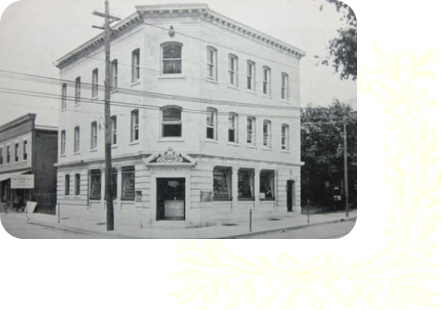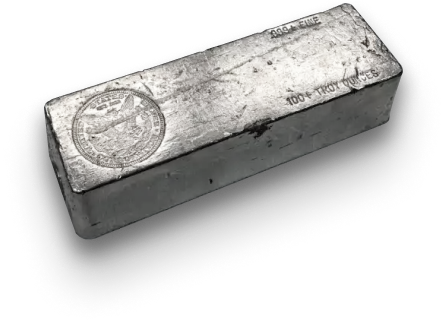In 1926, founder Louis Edelman brought his wife and four children to Philadelphia from Weston, West Virginia. He founded Edelman’s Loan Office in West Philadelphia and grew the business. His son Milton Edelman joined the company after graduating from Germantown High School in 1933. During World War II, Milton worked as an aircraft inspector for the United States Navy at the Philadelphia Naval Base & after the war returned to the family business.
In 1966, Milton Edelman moved the business to its current location in Jenkintown. In 1971, his son Jon graduated from Temple University and joined the company. In 2011, after graduating from Penn State University, Jon’s son Andrew joined the company. In 2020, Andrew purchased the business and became the fourth-generation Edelman owner. Andrew has two young daughters whom he hopes will continue the family business and become the fifth generation.

In 1926, founder Louis Edelman brought his wife and four children to Philadelphia from Weston, West Virginia. He was a local jeweler, optician, and watch inspector for the B&O Railroad. He founded Edelman’s Loan Office at 4216 Lancaster Avenue in West Philadelphia.
Edelman’s was incorporated and became Edelman’s Loan Office, LLC loaning on a wide variety of items.
In West Philadelphia, Edelman’s loan volume peaks at over 60,000 loans issued in one calendar year.
After moving to Jenkintown, Edelman’s shifts focus to specialize in coins, stamps and antique jewelry while still offering collateral loans.

After graduating from Temple University, Jon Edelman joins the company and begins growing his expertise and learning the business.
Silver hits $50/oz and lines are formed around the block at Edelman’s with people waiting to buy precious metals. Demand & popularity in investing in gold & silver skyrockets.

After taking over the business from his father, Milton, Jon continues growing the business and cements Edelman’s as the area’s leading retailer of stamps, coins, & antique jewelry.
After graduating from Penn State University with an Engineering degree, Andrew spends a year apprenticing for the largest coin dealer in Cleveland. Upon returning home and joining Edelman’s, Andrew increases their online presence and grows the bullion business.
After purchasing the business from his father, Andrew shifts focus once again and begins specializing in gold & silver bullion. Utilizing a high volume, low profit margin business model, Edelman’s establishes itself as the area’s leading dealer in all things gold & silver.
